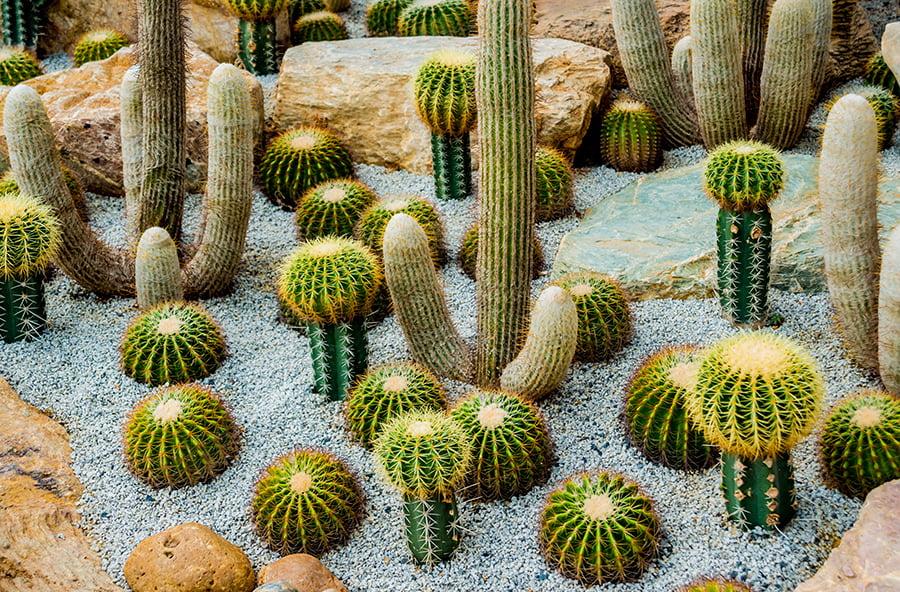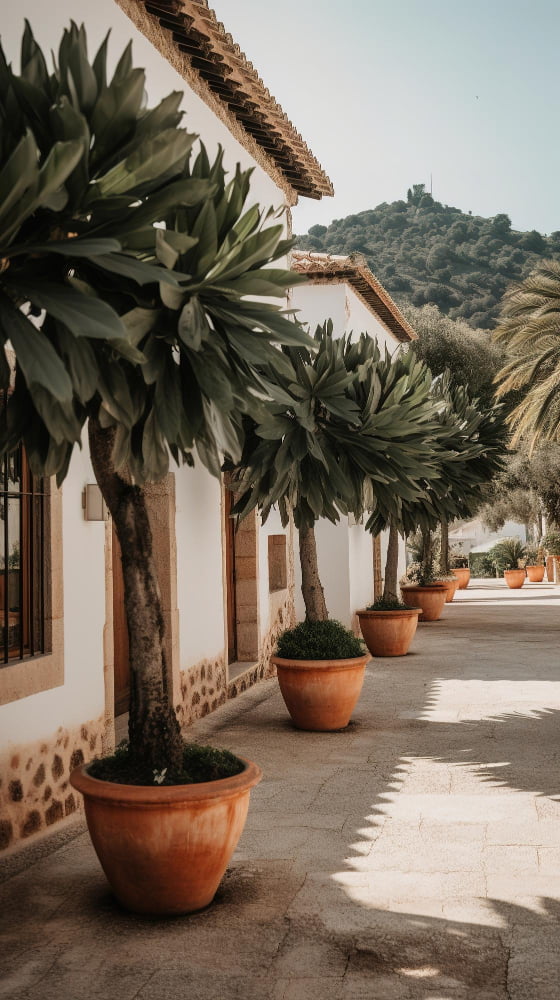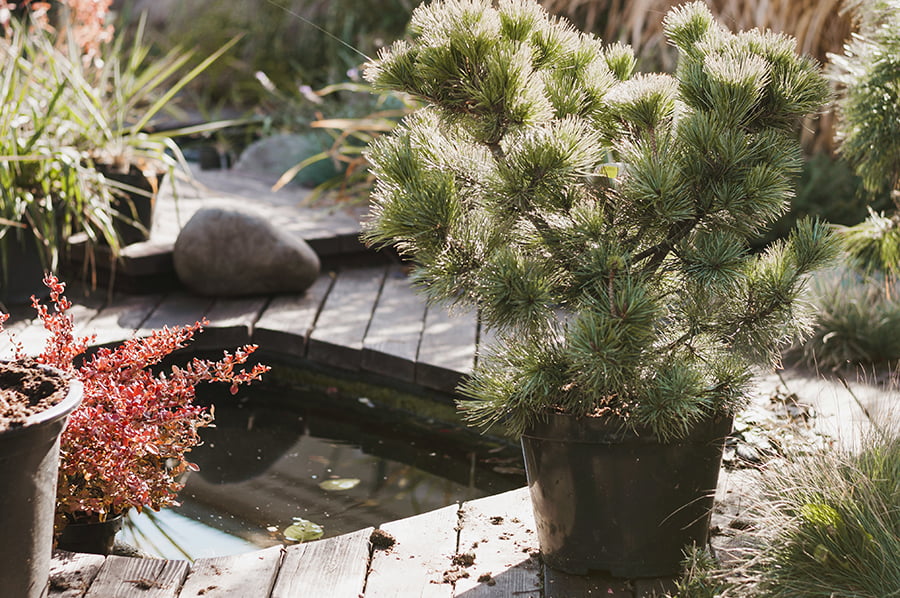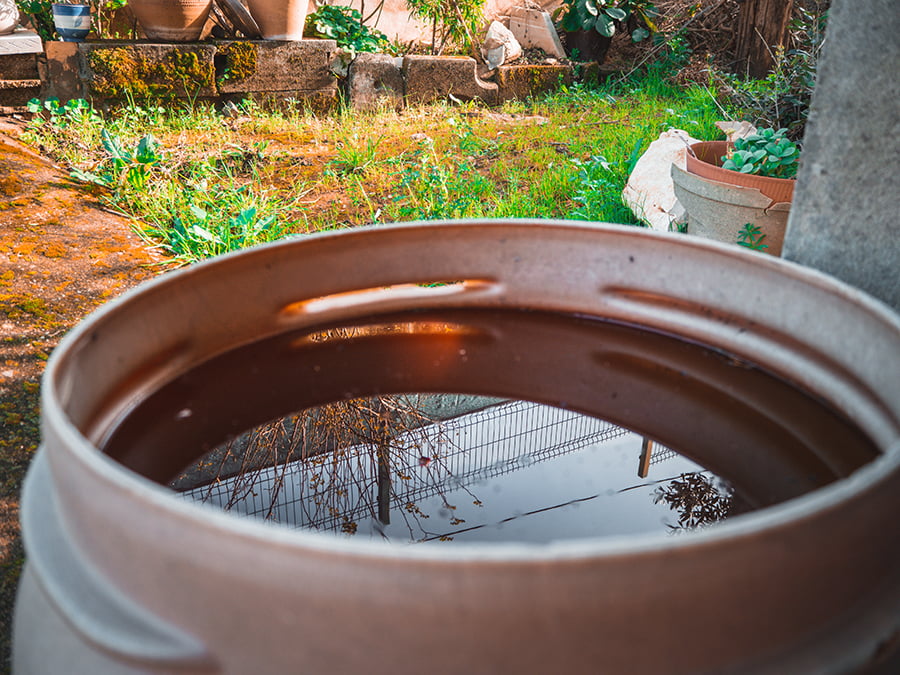Some xeriscaping ideas for a Mediterranean climate include planting drought-tolerant plants, using rock or gravel as ground cover, using native plants that are adapted to the climate, creating mulched pathways and beds with organic material, and installing water-conserving irrigation systems.
Xeriscaping is an increasingly popular way to create a drought-resistant landscape. It involves using plants and other landscaping features that are native to the area and require little water for maintenance.
In Mediterranean climates, this type of landscaping is especially useful as it helps conserve water while still providing an attractive outdoor space. In this blog post, we’ll explore some of the best xeriscaping ideas for Mediterranean climates.
Using Drought-tolerant Plants
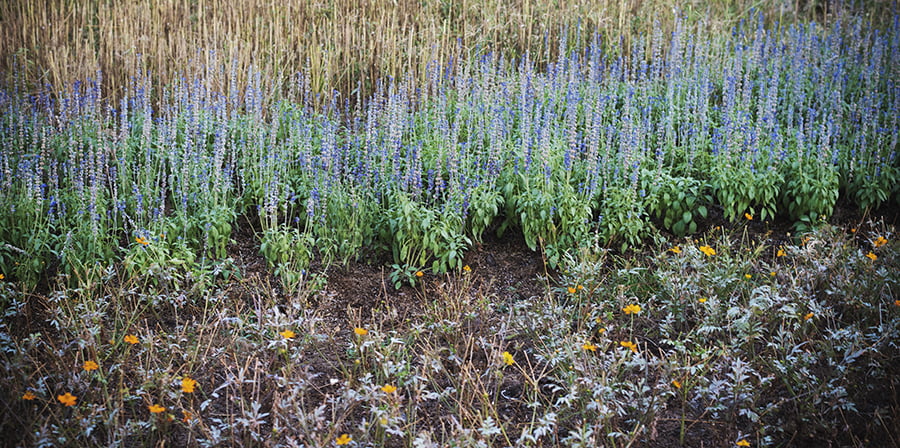
In a Mediterranean climate, xeriscaping can be an effective way to conserve water and create an attractive landscape. Drought-tolerant plants are those that require little or no additional watering once established in the soil.
These types of plants are well adapted to dry climates and can survive with minimal irrigation or rainfall. Examples of drought-tolerant plants include succulents, cacti, native grasses, wildflowers, and shrubs such as sagebrush and manzanita.
When selecting these types of plants for your xeriscape design, it is important to consider their size at maturity so they do not outgrow their space or become overcrowded. Grouping together similar species will help ensure they receive adequate sunlight and air circulation while also creating visual interest in the landscape design.
Lavender
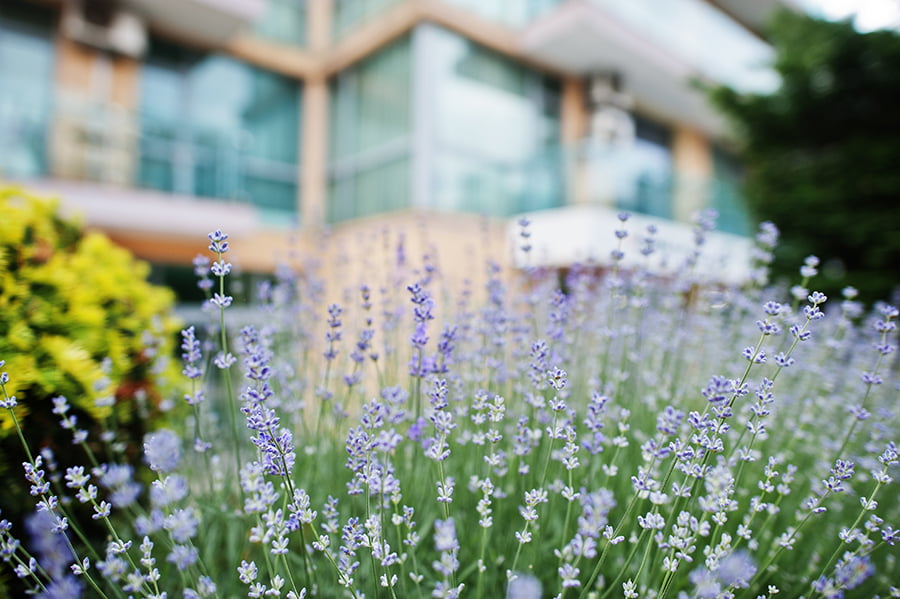
It is an evergreen shrub that requires very little water and maintenance, making it ideal for dry climates. Lavender has fragrant flowers in shades of purple, blue, and white that bloom from late spring to early summer.
The foliage of lavender plants can be used as a ground cover or planted in containers to add texture and color to any garden. Lavender also attracts beneficial insects such as bees and butterflies, which help pollinate other plants in the garden.
Its strong scent helps repel pests like mosquitoes and moths away from the area.
Rosemary
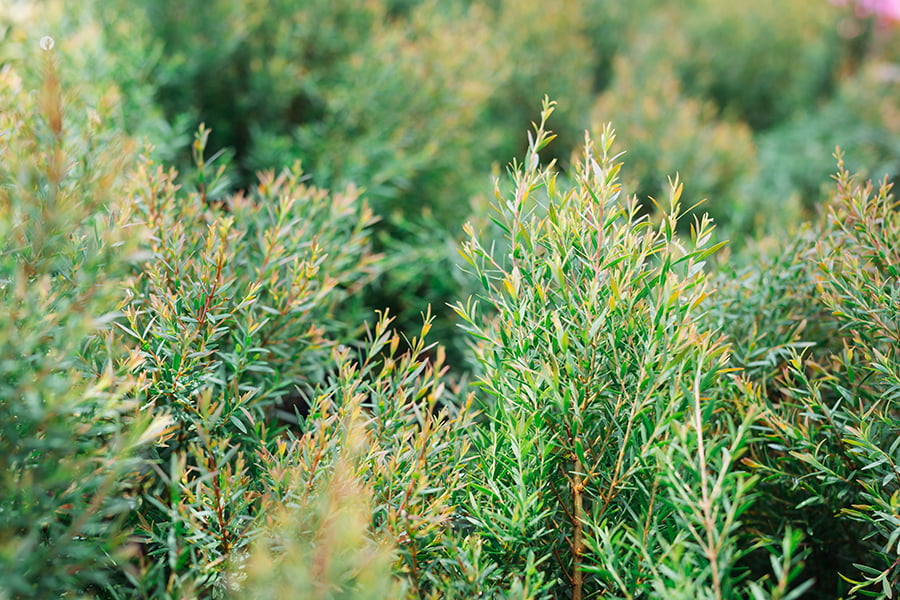
It is a hardy, drought-tolerant evergreen shrub that can thrive with minimal water and maintenance. Rosemary has fragrant, needle-like leaves and produces small blue flowers in the springtime.
It grows best in full sun and well-drained soil, making it ideal for hot climates where rainfall is scarce. Rosemary can be used as an ornamental plant or as a culinary herb; its leaves are often used to flavor dishes such as roasted potatoes or grilled meats.
When planted correctly, rosemary can provide year-round color and texture to any garden while requiring very little water or care.
Succulents

One of the most popular xeriscaping ideas for this climate is to use succulents, which are drought-tolerant plants that require very little water. Grouping plants with similar water needs together can also help reduce the amount of water needed for your garden.
Mulch can be used to retain moisture in the soil, while planting native species that are adapted to the climate will ensure they thrive without needing too much extra watering. Rock gardens or gravel beds are perfect for low-water areas, and installing a drip irrigation system allows you to efficiently target specific areas with just enough water.
Rain barrels can be used to collect rainwater from storms and then used on your plants when needed.
